An appealing alternative to double-skin façades
DOUBLE-SKIN FAÇADES: THE PROS AND CONS
Double-skin façades consist of an exterior and interior wall, both glazed and separated by a cavity ranging from a few centimeters to several meters in size. The cavity allows air to circulate and often incorporates solar protection systems, which are protected from inclement weather. Used by developers since the 1970s, mostly to give buildings a more modern appearance, double-skin façades allow buildings to have a fully glazed exterior while improving thermal and acoustic performance.
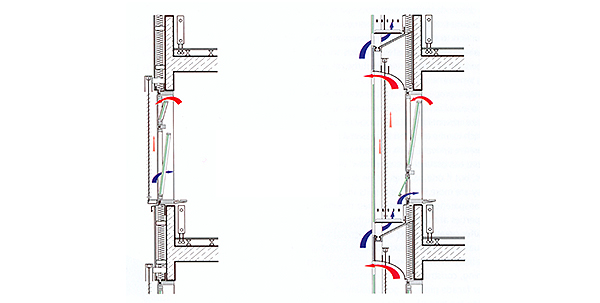
Comparison between a single-skin and double-skin façade (source: The tectonics of the double skin, understanding double façade systems, T. Boake)
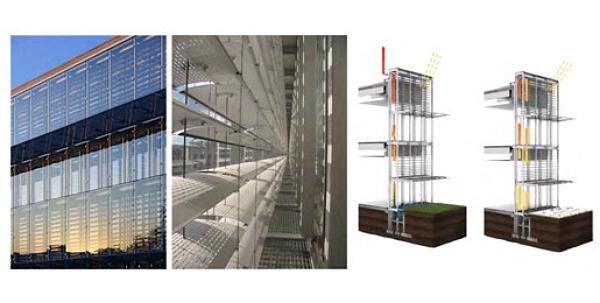
Example of a double-skin façade (source: Exploring the advantages and challenges of double-skin façades (DSFs), A. Ghaffarianhoseini et al)
However, double-skin façades require a complex installation process with high operational costs.1 To comply with energy regulations, these façades have become thicker and more cumbersome, making them trickier to install and often reducing interior space.2 Plus, access requirements for maintenance and upkeep often limit options for using the area adjacent to the façade, further reducing usable space.
It’s also common for impurities and humidity to collect inside the cavity.3 This can diminish the aesthetic appeal of the façade, impact views from inside, and lead to mold and corrosion. They also worsen thermal and, in some cases, acoustic performance. Therefore, managing the ventilation in the cavity and routine maintenance are critical, but access can be a tricky (and expensive) process.1
Another common challenge with double-skin façades is that the air cavity can also get very hot, impacting thermal comfort during the summer, while also potentially impacting mechanical ventilation systems and motorized blinds.4 Designers need to take local weather conditions and building use into consideration when defining an appropriate ventilation strategy and glazing solution.5
Finally, adding a second exterior skin can reduce the quality of natural light entering the building in some circumstances.8 And while sound insulation is one of the intended advantages of a double-skin façade, there can be issues with noise transmission between neighboring rooms and floors if the design is flawed or if openings are not closed.4
While the theoretical benefits of double-skin façades have been highlighted by a number of studies, many also show how hard it is to model these systems properly and predict their performance.9 Currently, there is very little feedback from the field about the real-life performance and efficacy of these façades when the building is occupied and the debate over this type of construction continues.10
SELF-CONDITIONING FAÇADES (SCFs)
Invented in France, self-conditioning façades are an alternative to traditional double-skin façades that feature a cavity with a single opening for exterior air to pass through. Air circulation in the cavity is minimal, and exchange with exterior surroundings is limited to water vapor extraction. This helps seal the building to protect against humidity and grime while offering a thinner footprint to maximize the building's useful space.
With self-conditioning façades, there is still a risk of misting and elevated temperatures in the cavity.11 It’s complex to design, manufacture, and install these façades. These systems are considered non-traditional and require specific study. In France, these designs are subject to a technical appraisal or ATEx are recommended.
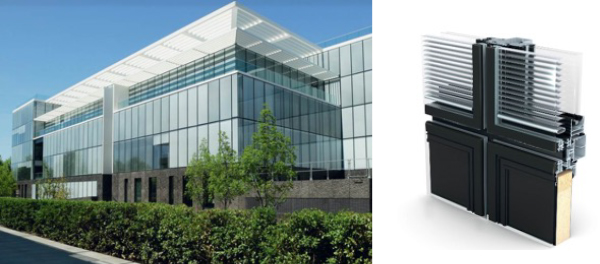
CLOSED CAVITY FAÇADES (CCFs)
Closed cavity façades (CCFs) were developed to remedy some of the drawbacks of traditional double-skin façades. They consist of fully closed cavities that are sealed off to exterior air. Dry air injected by a central unit outside the cavity circulates inside. The sealed nature of this system helps prevent the accumulation of dust and humidity in the cavity, boosts the lifespan of the components, and reduces maintenance requirements. The façade is also thinner compared to a traditional double skin.
But these façade systems also pose other challenges.12 Their tightly sealed design means that the interior elements of the cavity are hard to maintain and replace. They also need to withstand elevated temperatures, since the cavity can heat up significantly; that means features like blind motors need to be installed outside the cavity. The sealing requirements also make designing these systems more complex, and the air circulation system must be designed very far in advance. Ultimately, this type of façade has not yet become systematic and must be tested before being used on a site. In France, designs subject to ATEx are required.
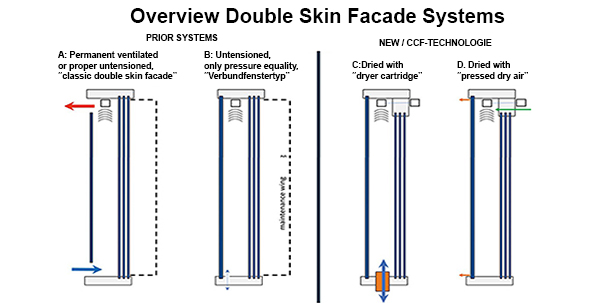
Comparison between a classic double-skin façade and a closed cavity façade (Source: wfmmedia.com/closed-cavity-façade -a-type-of-double-skin-façade
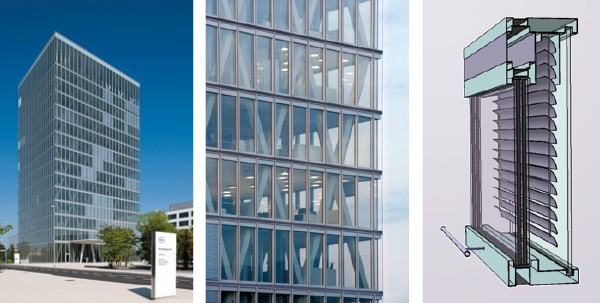
Example of a building fitted with a closed cavity façade (source: www.stylepark.com/en/news/energy-saving-ccf-façades
For ventilated double-skin, self-conditioning, or closed cavity façades, dynamic management of the sunlight and heat must be provided by built-in solar protection, combined with an advanced control system.10 This can increase investment and maintenance costs, and impact occupant comfort. The solar protection systems mentioned here often block natural light and outdoor views—the reasons for windows in the first place, and whose benefits have been shown in many studies.13 They can also be noisy and distracting to operate.
AN APPEALING ALTERNATIVE TO DOUBLE-SKIN FAÇADES
SageGlass smart glazing is an appealing alternative to double-skin façades of any type.
Dynamic glass:
- Guarantees an energy performance similar to or better than a double-skin façade.14
- Simplifies design and implementation, with a single-skin façade.
- Saves precious square feet of interior space, vs. a thicker double-skin façade.
- Does not require any specific maintenance, which cuts down on costs.
- Reduces maintenance requirements and costs for building owners, and ensures maximum occupant comfort with the absence of additional solar protection systems.
- Offers incredible durability, which has been put to the test in many trials and certification procedures. In France, in particular, SageGlass double glazing is now covered by a technical appraisal (DTA) guaranteeing its reliability.
SageGlass is an ideal solution for meeting aesthetic requirements and current criteria for performance, comfort, and usage.
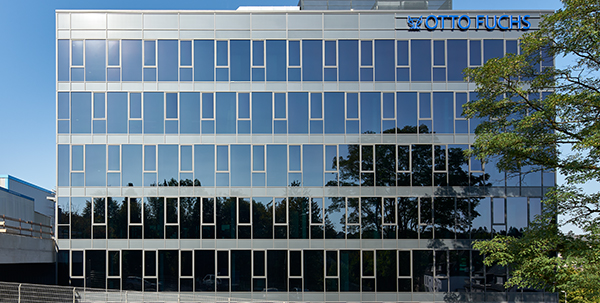
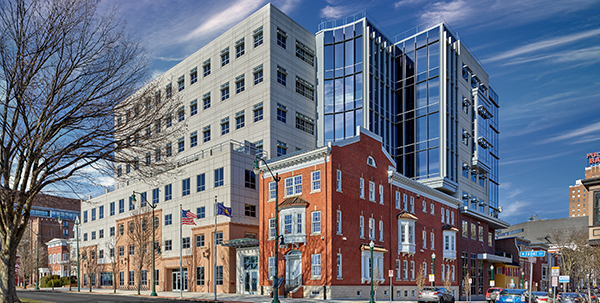
- WP5 Best Practice Guidelines, BESTFAÇADE, Best Practice for Double Skin Façades, EIE/04/135/S07.38652, A. Blomsterberg, 2007
- Double Skin Façades, A Literature Review, A report of IEA SHC Task 34 ECBCS Annex 43, H. Poizaris, 2006
- Les doubles façades ventilées: Impact du choix d’une double façade ventilée sur le processus global de construction d’un bâtiment. Illustration sur base d’exemples concrets [Ventilated double-skin façades: impact of choice of a ventilated double façade on the overall process of building construction. Investigation based on concrete case studies], X. Loncour et al, 2004
- High performance façades design strategies and applications in North America an Northern Europe, Z. Krystyna et al, 2011
- Energy efficient glazed office buildings with double skin façades in Europe, B. Eriksson et al, 2009
- Perspectives of double skin façade systems in buildings and energy saving, M.A. Shameri et al, 2011
- Hot climate double façades: Avoiding Solar Gain, T. M. Boake, 2014
- Building simulation as an assisting tool in decision making, case study: with or without a double-skin façade? R Høseggen et al, 2008
- High-performance commercial building façades. United States: Lawrence Berkeley National Laboratory; E. Lee et al, 2002.
- Exploring the advantages and challenges of double-skin façades (DSFs), A. Ghaffarianhoseini et al, 2016
- Technical recommendations booklet for light self-conditioning façades and windows, January 2015
- Innovative Façade Types – The Closed Cavity Façade , V. Balog, 2019
- World Green Building Council, 2013
- Based on energy studies conducted by external market research companies. Contact us for more information.